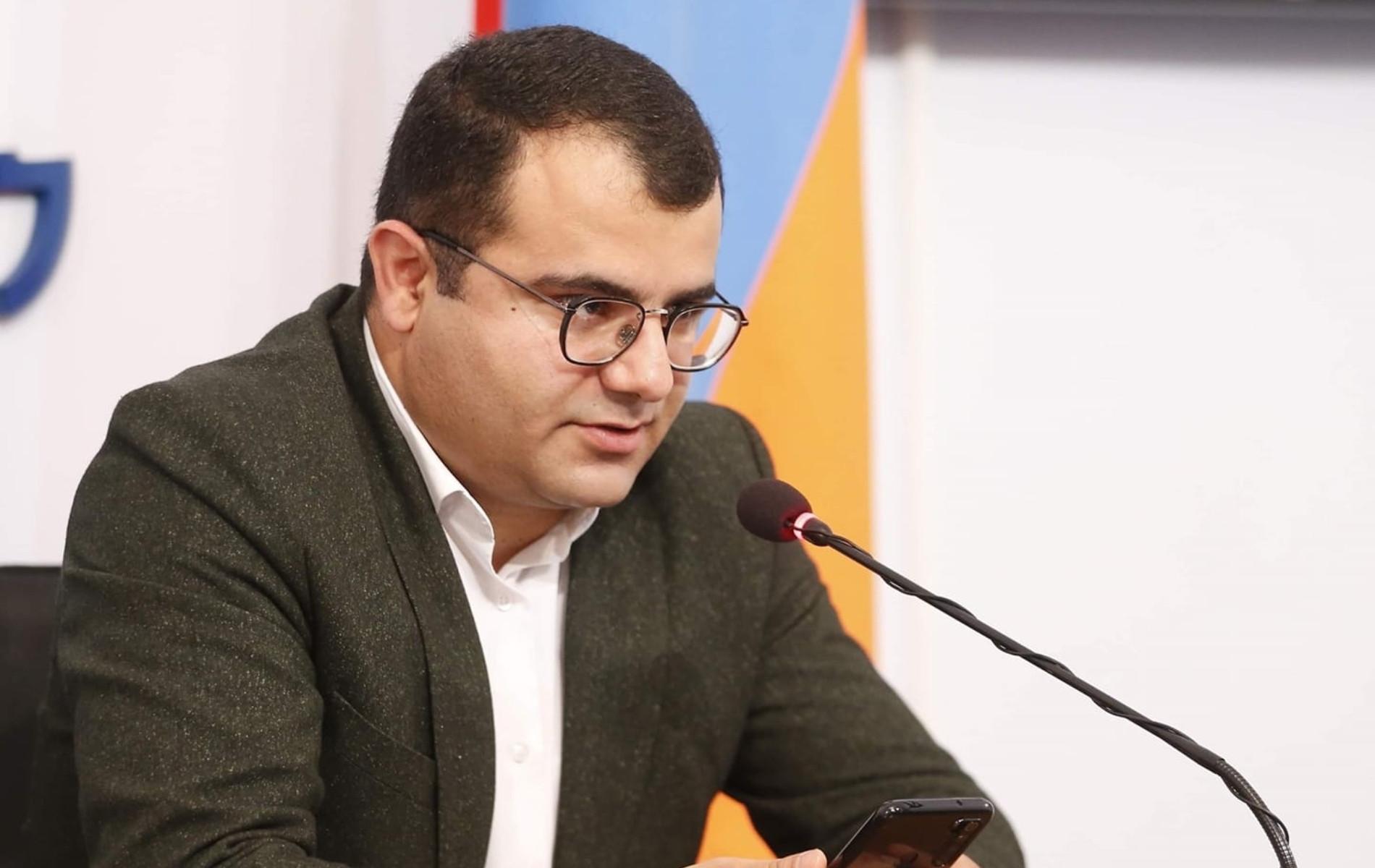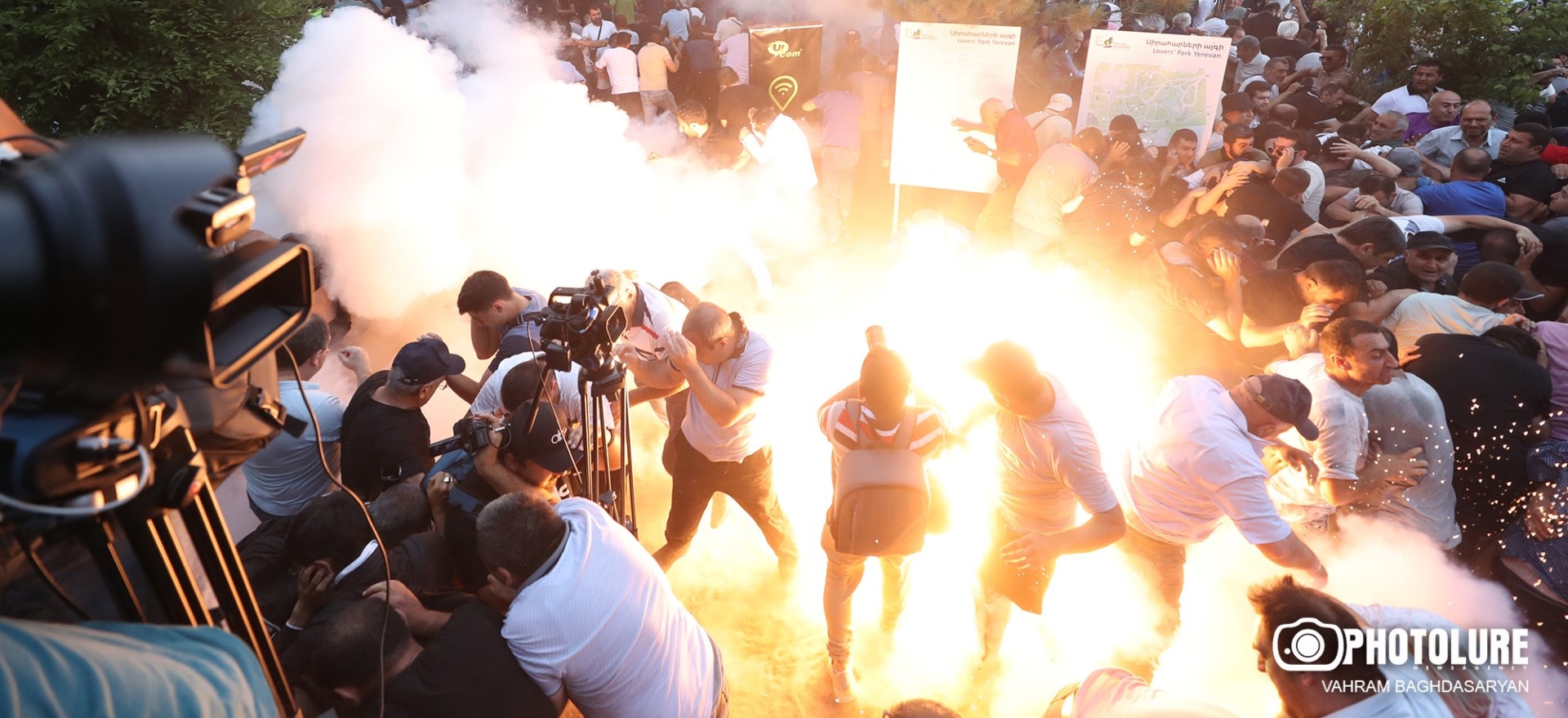Zemfira Gabrielyan has preserved the cable radio set hanging on the wall of her Yerevan home since the previous century, which became completely silent 5 years ago. There was a time when the radio was number one source of information. Zemfira takes the dust off her radio set hoping that by some miracle it would go on one day: “This is just a memory for me… We would listen to news on it, it was also an entertainment for us. We would forget our concerns, the cold and the dark. We would learn what happened in the war (the War in Artsakh in the 90s), what the situation with our army was, we trusted in our radio… The day will come when it will work again”, Zemfira is confident, “because there are many people in that want it. The rich that have everything – a computer, a new generation TV set – they think that they will not need it but they will also want it.”
What is the place of the radio in informing the population about the important events in the country? According to the data in the report “Media Consumption and the Information Preferences in Armenia – 2019” of the Research Center “Region”, 66% of the 1150 respondents open the social networks first, 53.5% prefer the television, 51,1% – the online media, the radio audience is 4,7% and print media- only 1,4 %. Incidentally, according to the same survey, as far as the current news is concerned, the people tend to listen to their relatives, friends, neighbours 4 times more than the radio.
 At present there are 23 radio stations in Armenia, of which 18 are private and 3 belong to the Armenian Public Radio Company. Of the latter three, two are broadcast on the basis of intergovernmental agreements. Of the 18 private stations, 3 have a national coverage, 13 – capital and 2 – regional (in Shirak and Lori). This is stipulated by law, which essentially prohibits creating a new radio station in any of the regions.
At present there are 23 radio stations in Armenia, of which 18 are private and 3 belong to the Armenian Public Radio Company. Of the latter three, two are broadcast on the basis of intergovernmental agreements. Of the 18 private stations, 3 have a national coverage, 13 – capital and 2 – regional (in Shirak and Lori). This is stipulated by law, which essentially prohibits creating a new radio station in any of the regions.
According to Nouneh Sarkissian, Executive Director of the Media Initiatives Center, the radiobroadcasting has been neglected in our marzes. Instead, television flourished. “Only in 2 marzes do we have local radios. The desire was not that big in other places but this is not a reason to record the number of radio companies by law.” Nouneh Sarkissian remembers that a group of young people in Dilijan started a radio indusry online and decided to have a radio upon their own frequency. However, it turned out that it was not possible as it was not possible to get a licence.
The legislative obstacles that continue causing inconveniences are not clear to Shoushanik Arevshatyan, Founder and Director of “Radio Van”. It was not once that she did come up with an initiative: “There are free places for installing an audiosignal in the television broadcast multiplexes. Why aren’t we being given these places? We have entered that space with great difficulty having spent a lot of money but we are allowed to broadcast only in Yerevan.”
Tigran Hakobyan, Chairman of the Television and Radio Commission expressed his concern over the situation in his last speech in the National Assembly: “The new law must stipulate that marzes must have their radio companies. There are television companies but there are no radio companies. This is all very surprising to me. ”
The private radio companies have regularly applied to the Television and Radio Commission proposing their own solutions but nothing has changed and the status of the radio continued to remain that of the “stepson’s” of the family. Not only is the Armenian radio not broadcast in marzes but the neighbouring radio stations have entered the Armenian territory.
Shoushanik Arevshatyan reminds those in charge of the sector that this matter is regulated by the Geneva Convention. However, for already 15 years it has remained unresolved. The Founder of “Radio Van” has a solution to offer: “We have applied to the Commission several times suggesting that they give two frequences to anyone they give a licence in order for them to close a Turkish radio station with their own resources. We suggested that same for marzes. Zero cost for the state. It only had to be taken to the NA but it was not done.”
For Garegin Khumaryan, Executive Director of the Public Radio, other issues are of priority. According to him, although the radio continues to develop despite the depreciating economy and a number of legislative obstacles, nevertheless the digitalisation will help to open the “closed club” of radio boadcasters, thereby liberating the relations in the sector. Starting from 2010 the priority in the process of digitalisation of broadcasting was given to the television while the radio remained in the margins. The situation needs to be rectified: “This is a necessity. If you wish to become a private broadcaster today, you will not be able to because the next tender will be held in 8 years, whereas had it been digitalised, it could have been held even tomorrow. I would like to see provisions stimulating digitalisation in the law, regulations that would speed up the process of digitalisation,” Garegin Khumaryan says.
Hence, what are the main obstacles to the development of the radio?
- Delays of the digitalisation process;
- An outdated licencing procedure;
- Lack of possibility to establish radio companies in 8 marzes;
- The legislative ban on expanding the acting radio stations;
- Intrusion into the Armenian territory of the radio stations of neighboring countries;
What steps should be taken to develop radio broadcasting?
- Stimulate radiobroadcasting at the level of the state;
- Quit the outdated licencing procedure;
- Create a possibility for founding local radio stations in all marzes;
- Eliminate the unnecessary limitations for the development of acting radio stations;
- Internationally deliniate the frequency boundaries allocated to neighboring countries.
The expert group working on the new draft Law on Television and Radio will attempt to resolve these issues. According to Nouneh Sarkissian, Executive Director of the Media Initiatives Center: “We will make the radio market more liberal. The rest of the complications have to do with interstate broadcasting, the radio’s representation in the multiplex. But these have nothing to do with the law. They are matters for practice.”
Hasmik Budaghyan
CPFE Expert









